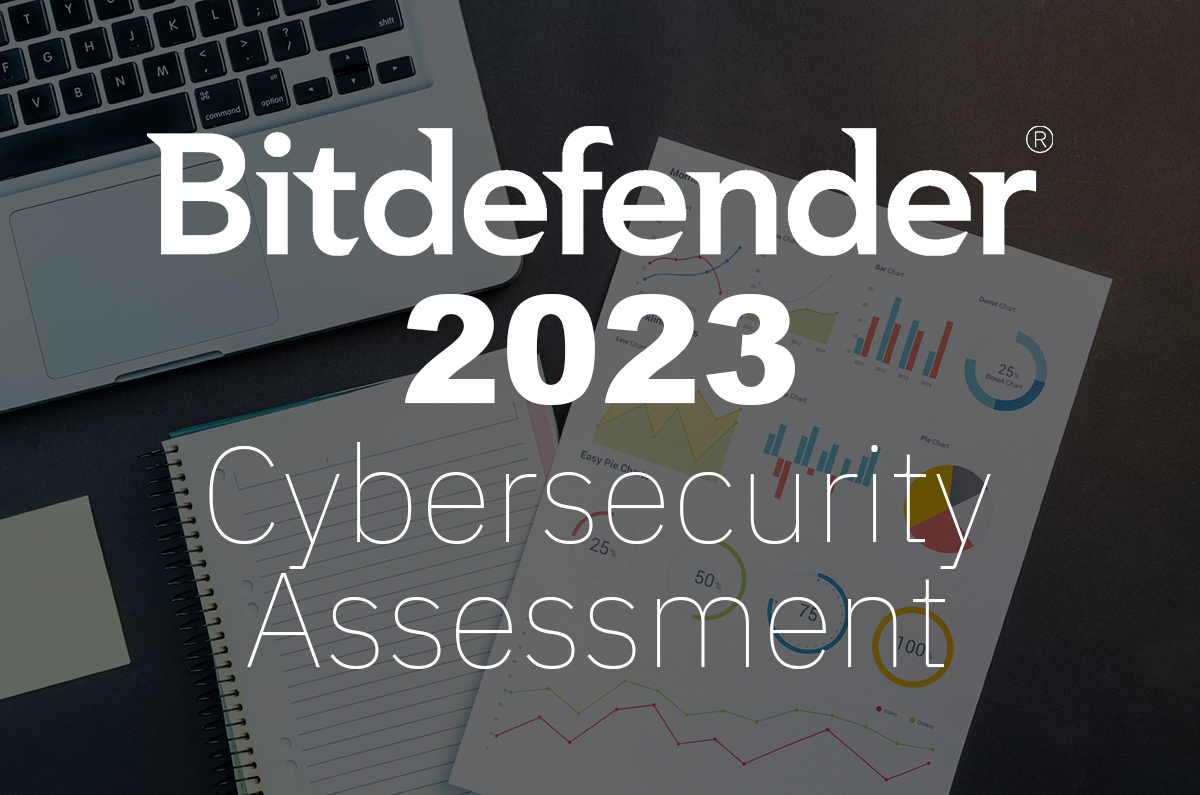Machine Learning to Fix Problem of Unfilled Cybersecurity Jobs by 2021

Demand for cybersecurity experts will increase and become a priority for enterprises, leading to an estimated need for over 1 million cybersecurity professionals in India by 2020 and over 500,000 in the US. The US currently employs 780,000 specialists in cybersecurity, while 350,000 posts are still unfilled, reports CyberSeek, project supported by the U.S. Department of Commerce.
Although it is vital for any infrastructure, the shortage of security professionals, augmented by the fast-growing economy, will create approximately 3.5 million unfilled jobs by 2021, according to estimations from Cybersecurity Ventures.
Global spending on cybersecurity products and services is expected to surpass $1 trillion by 2021, but countries can’t meet the requirements because they can’t generate professionals as quickly as hackers launch attacks. As a result, businesses often end up hiring employees who are either not specialized in cybersecurity or are fresh out of school, lacking hands-on experience in defending corporate infrastructures.
"Every IT position is also a cybersecurity position now," reads the Cybersecurity Jobs Report, 2017. "Every IT worker, every technology worker, needs to be involved with protecting and defending apps, data, devices, infrastructure and people."
This is a great cyber risk in the current threat landscape, leaving businesses exposed to an increasing number of attacks and malware infections. Ransomware, for example, keeps getting more aggressive and sophisticated, which means it is going to be a massive problem, particularly for SMBs, which are not as well equipped as larger companies to handle this type of attack. Only 31 percent of employees in the US know what ransomware is, according to Intermedia’s 2017 Data Vulnerability Report.
Companies will end up suffering $6 trillion per year in damages by 2021, notes the report, including loss of confidential data, fraud, theft of intellectual property, financial and time resources for forensic investigation and mitigation, and system rehabilitation.
Luckily, this is where machine learning comes in to fix the employment gap. Even though many sectors are struggling with a severe shortage of qualified employees to take on cybersecurity roles, machine learning might be able to fix the labor crisis. As with security agents, machine learning algorithms can be used as a first line of defense to analyze data for prediction and identification of attacks.
Machine learning – and ultimately artificial intelligence, if we ever develop one that’s sentient and cybersecurity-centric - can help companies with the unprecedented workforce shortage by tapping automation to do more with fewer resources. In Singapore, 87 percent of CIOs believe machine learning will drive success for their business by reducing reaction time and helping them make faster, more accurate decisions.
Machine learning technology reacts faster than human operators and provides more accurate detection based on behavioral patterns. However, this will not completely eliminate jobs for security experts and analysts, as they will have to program the algorithms, feed them with data to learn to make predictions and reduce false positive rates, and take action on the anomalies detected.
tags
Author

From a young age, Luana knew she wanted to become a writer. After having addressed topics such as NFC, startups, and tech innovation, she has now shifted focus to internet security, with a keen interest in smart homes and IoT threats. Luana is a supporter of women in tech and has a passion for entrepreneurship, technology, and startup culture.
View all postsRight now Top posts
FOLLOW US ON SOCIAL MEDIA
SUBSCRIBE TO OUR NEWSLETTER
Don’t miss out on exclusive content and exciting announcements!
You might also like
Bookmarks









